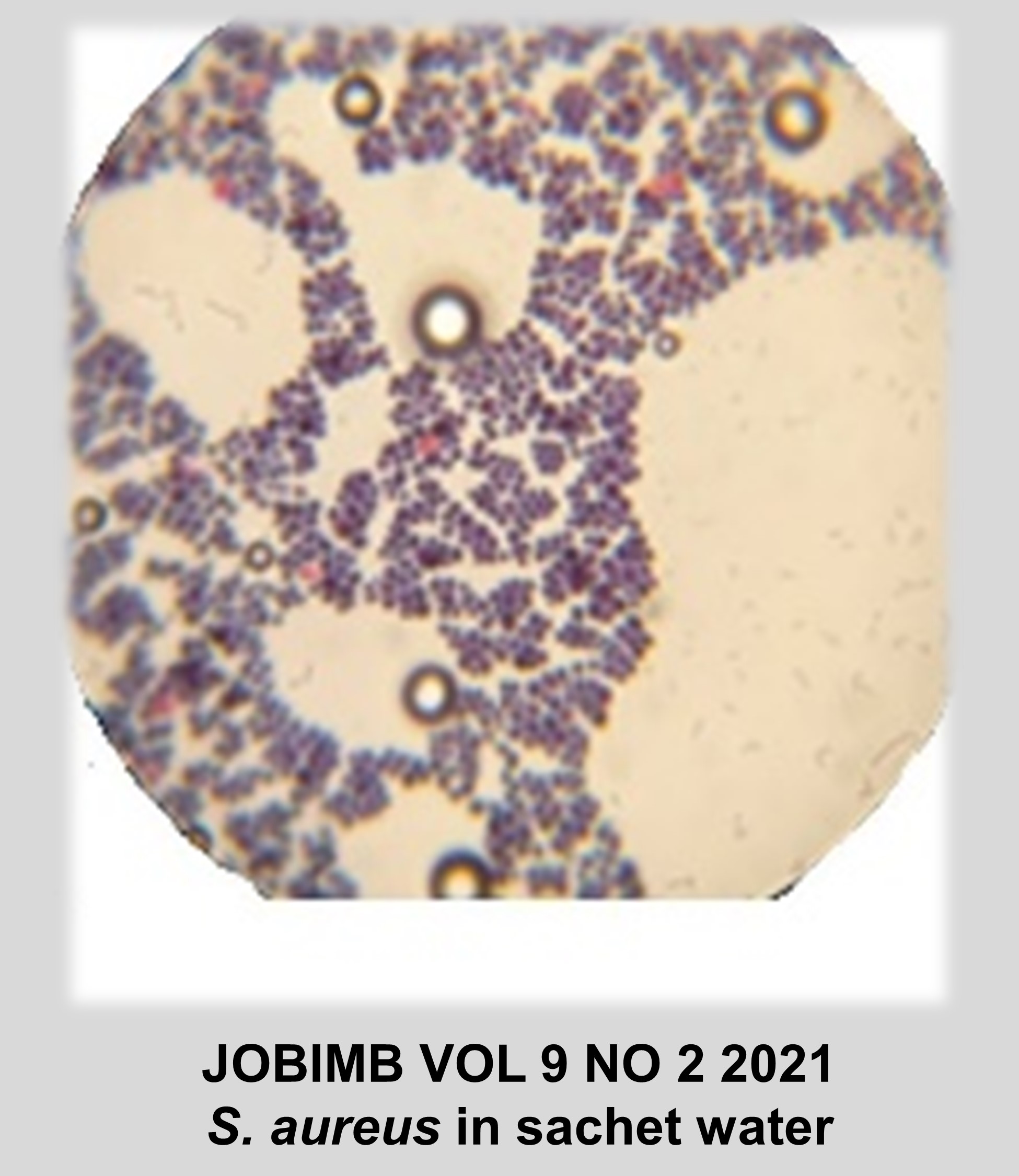The Effect of the plant Adiantum philippense Extracts on Biofilms Formation and Adhesion to Shigella flexneri: A Predictive Modelling Approach
DOI:
https://doi.org/10.54987/jobimb.v9i2.615Keywords:
Shigella flexneri, Modified Gompertz, Adiantum philippense, Biofilm, modellingAbstract
In the quest for novel bioactive metabolites, which can also be used as therapeutic agents, Adiantum philippense (A. philippense), an ethnomedically important fern, has become a fascinating herb. In this study, the predictive mathematical modelling of A. philippense crude extract was tested against Shigella flexneri, a common food pathogen for its phytochemical constituents, antagonistic ability, and effect on bacterial adhesion and biofilm formation was calculated. Various kinetics models such as Von Bertalanffy, Baranyi-Roberts, modified Schnute, Modified Richards, Modified Gompertz, Modified Logistics and latest Huang were used to get values for the above kinetic constants or parameters. modified Gompertz of the entire model was found to be the best model with the highest adjusted R2 value and lowest RMSE value. The accuracy and bias factors values were close to unity (1.0). The maximum specific growth rate (mmax (h-1) for S. flexneri treatment with A. philippense extract was significantly much lower (p<0.05) with a value of 0.292 (95% confidence interval of 0.254 to 0.331) compared to control with a value of 0.540 (95% confidence interval of 0.481 to 0.599) indicating potential biofilm inhibition.
Downloads
Published
How to Cite
Issue
Section
License
Authors who publish with this journal agree to the following terms:
- Authors retain copyright and grant the journal right of first publication with the work simultaneously licensed under a Creative Commons Attribution License (http://creativecommons.org/licenses/by/4.0) that allows others to share the work with an acknowledgement of the work's authorship and initial publication in this journal.
- Authors are able to enter into separate, additional contractual arrangements for the non-exclusive distribution of the journal's published version of the work (e.g., post it to an institutional repository or publish it in a book), with an acknowledgement of its initial publication in this journal.
- Authors are permitted and encouraged to post their work online (e.g., in institutional repositories or on their website) prior to and during the submission process, as it can lead to productive exchanges, as well as earlier and greater citation of published work (See The Effect of Open Access).



